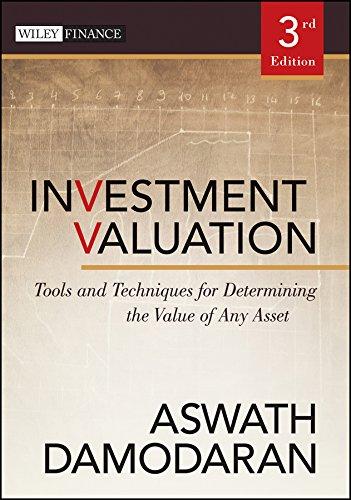Johnson & Johnson, a leading manufacturer of health care products, had a return on equity of 31.5%
Question:
Johnson & Johnson, a leading manufacturer of health care products, had a return on equity of 31.5% in 1993, and paid out 37% of its earnings as dividends. The stock had a beta of 1.25. (The Treasury bond rate was 6%, and the risk premium was 5.5%.) The extraordinary growth was expected to last for 10 years, after which the growth rate was expected to drop to 6% and the return on equity to 15% (the beta would move to 1).
a. Assuming the return on equity and dividend payout ratio continue at current levels for the high growth period, estimate the PBV ratio for Johnson & Johnson.
b. If health care reform passes, it is believed that Johnson & Johnson's return on equity will drop to 20% for the high growth phase. If the company chooses to maintain its existing dividend payout ratio, estimate the new PBV ratio for Johnson & Johnson. (You can assume that the inputs for the steady state period are unaffected.)
Step by Step Answer:

Investment Valuation Tools And Techniques For Determining The Value Of Any Asset
ISBN: 9781118011522
3rd Edition
Authors: Aswath Damodaran





